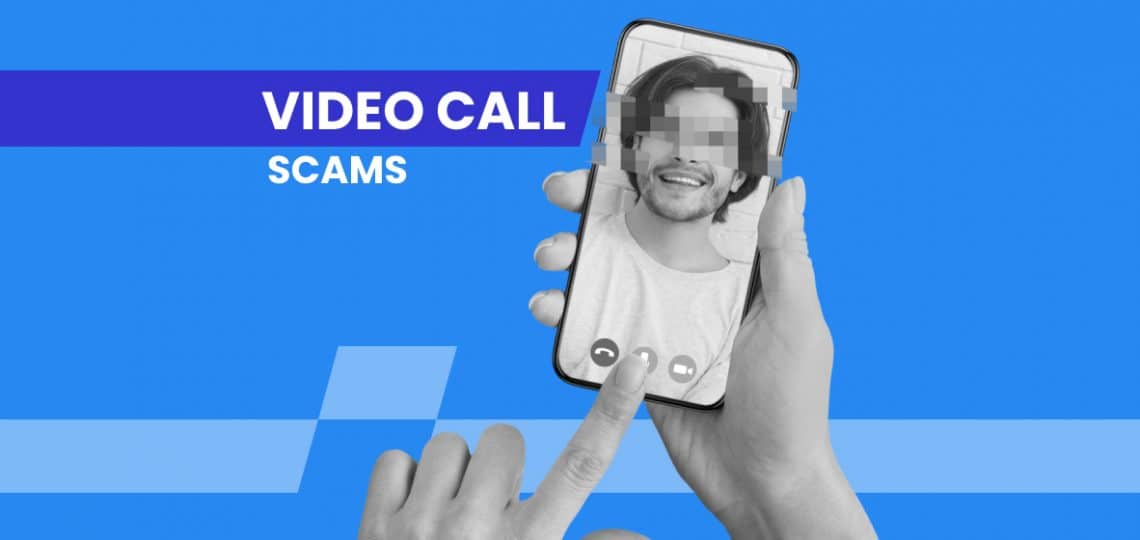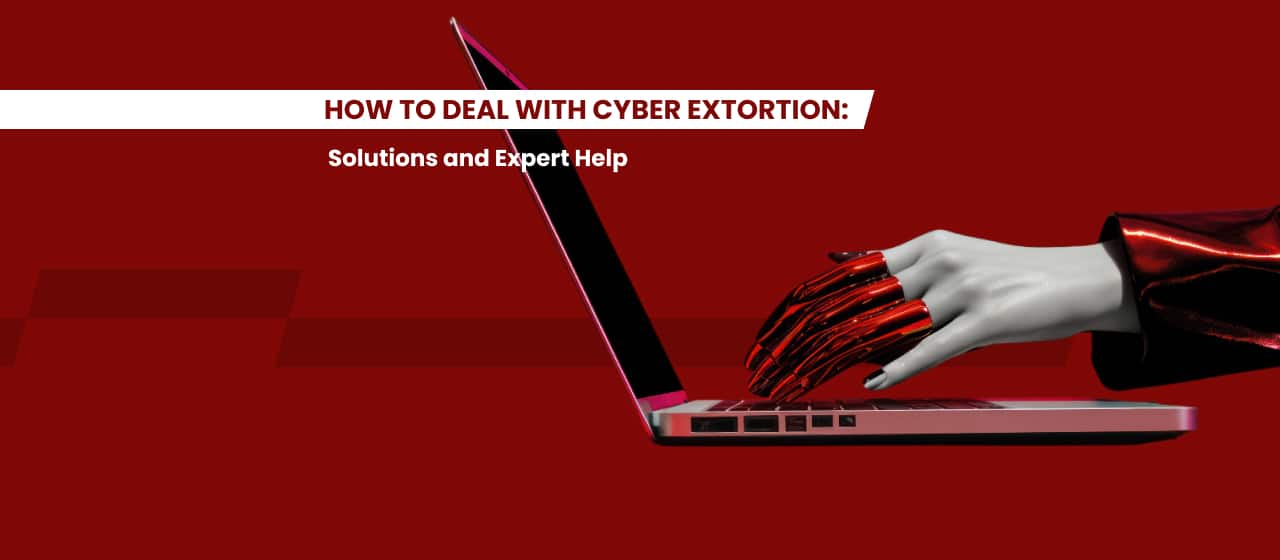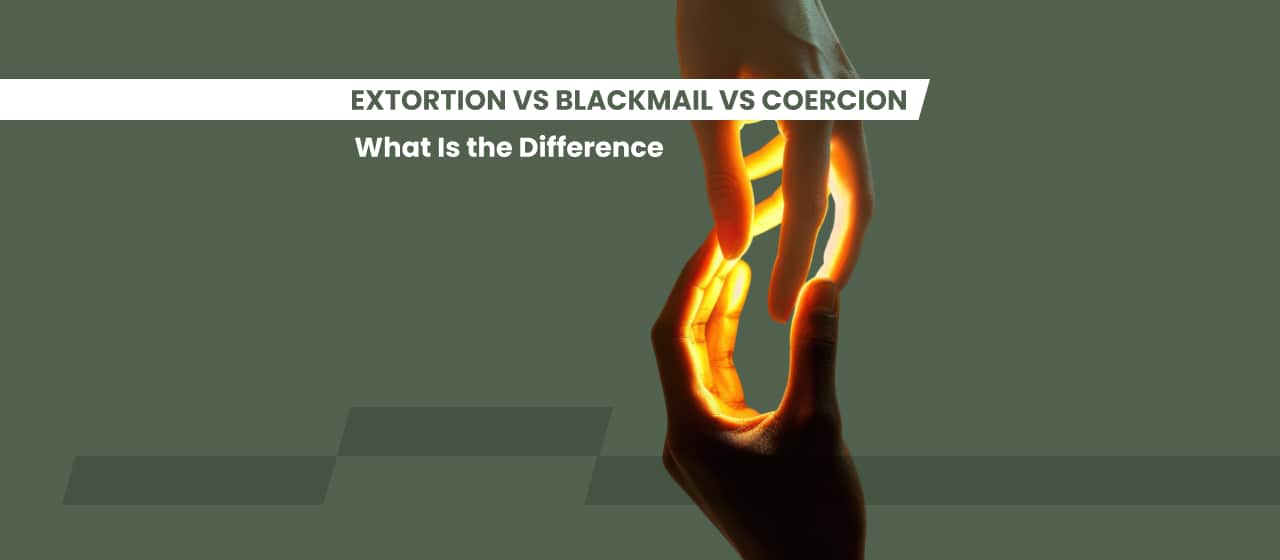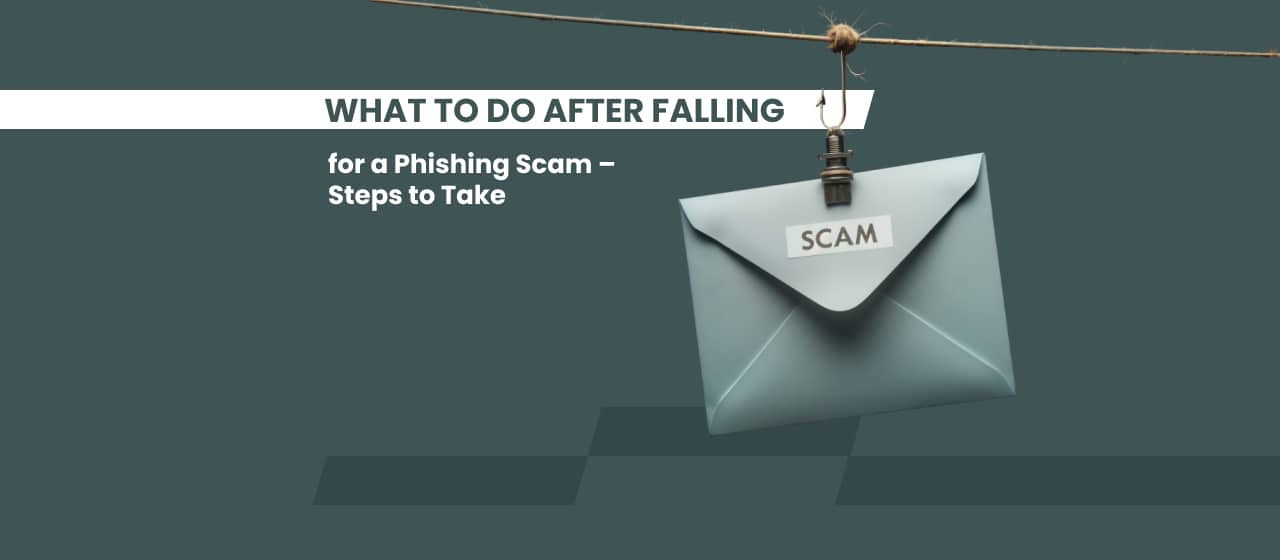When the world shut down in 2020, businesses turned to virtual communication methods to keep operations running. Many of these practices have persisted in the after the pandemic period, both in our professional and personal interactions. As is the case with any popular online platform, video call services have become an avenue for cybercrime. But how do scammers manipulate video calls — and what can you do to stay safe? Read on to learn more about video call scams.
How Do Scammers Use Video Calls?
There are a number of ways that a cybercriminal can manipulate video calls to carry out various schemes. Often as part of a phishing, romance, or investment scam, scammers may steal videos or create their own using AI.
Next, the scammer will use a program like ManyCam that allows them to replace the video feed from their webcam with the prerecorded footage. From there, the video call scammer can easily deceive the person on the other end of the call. After all, most people use video calls to confirm the identity of other users online.
How to Recognize Video Call Scams
It takes a significant level of technical skill and computing power to fake a video call. High-quality video fakes can be harder to discern than vishing and smishing attempts. However, mistakes arise due to the sophisticated process of creating and employing an augmented video call.
Here are some red flags that could help you recognize a video call scam:
- Video quality. The video quality of a deepfake may be poor because of the amount of data required to run the feed. A regular video call may suffer similar issues due to poor connection. However, if the video seems overly grainy, it could be a sign of a manipulated call.
- Weird cuts and glitches.Much like the video quality, the ability for the feed to play at all may struggle due to the file size. This can lead to the video cutting and freezing often. You may also notice weird lighting or distortion around the person on the call. The call might extend past the video’s length, resulting in a noticeable loop.
- Lips don’t sync with dialogue. Do the words coming from the speaker not match the movement of their mouth? Is the area around their lips distorted or fuzzy when they speak? This may indicate that the video feed has been doctored.
- Video resolution.If the perpetrator is repurposing a stolen video, there’s a good chance the original clip does not match the resolution of the call. If the feed looks stretched or distorted, it may mean that it’s a resized clip and not a live video.
- Inconsistent Identity. Does the person in the video match who you are supposedly speaking with? Are the things they are doing or saying consistent with who they claim to be? If not, it’s likely a stolen or manipulated video.
Deepfake Detection Tools
The growth of generative AI has led cybersecurity experts to develop tools that can differentiate digitally altered content from legit videos. These programs use advanced algorithms and techniques to analyze digital content and identify irregularities that go unseen by the naked eye. There are various reputable services that can help you detect deepfake media
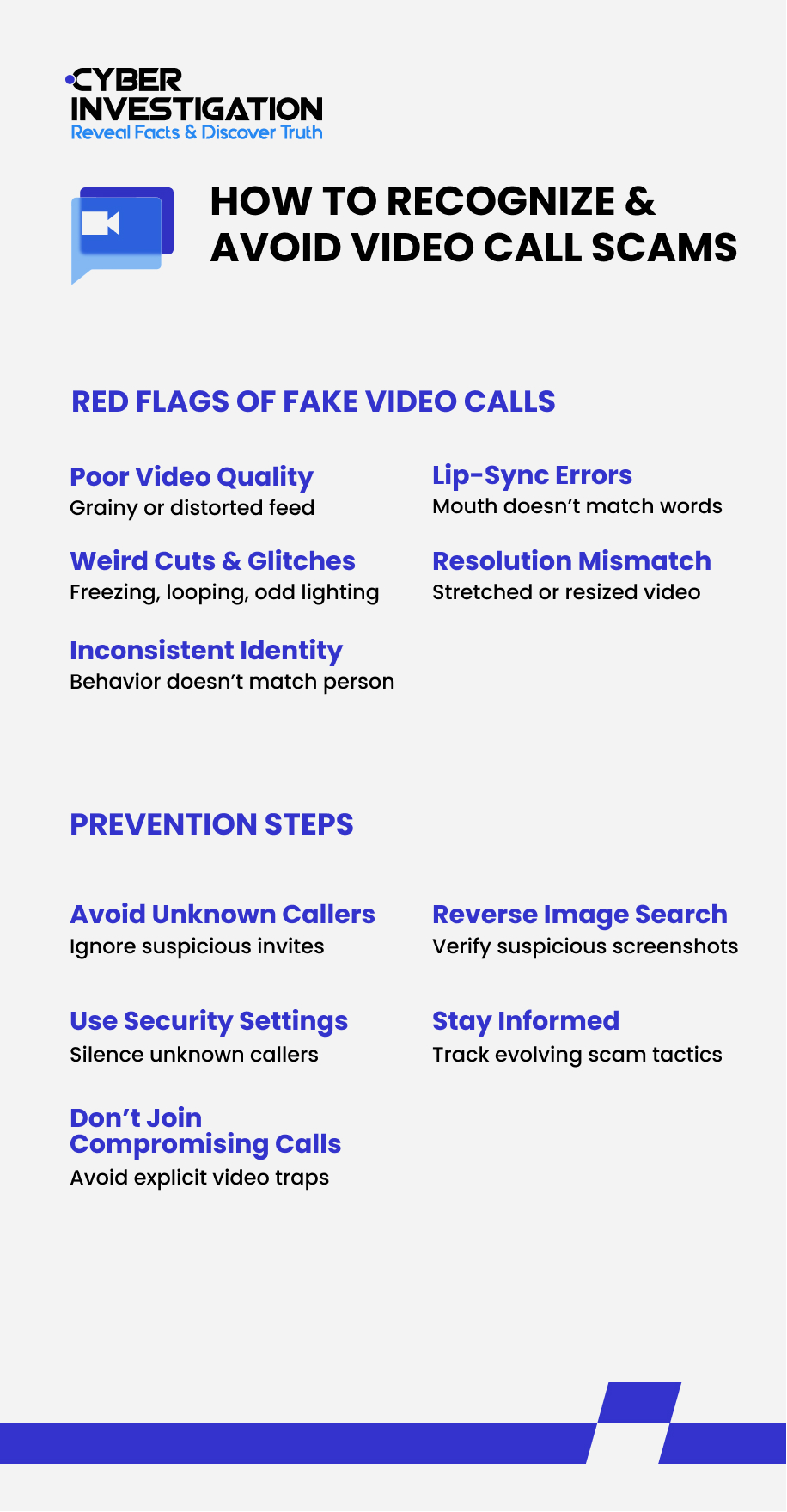

Steps That Can Help You Avoid a Video Call Scam
Just because bad actors are capable of manipulating video call platforms doesn’t mean you need to sacrifice your online freedom. It is possible to safely avoid video call scammers, but you need to be aware and act accordingly. The following are practices that can help you do just that.
- Avoid calls from unknown users. This is the best way to avoid falling into a video call scam. Cybercriminals will often reach out to unsuspecting users hoping they will curiously join the call. Ignoring calls from people you don’t know will prevent them from getting this opportunity.
- Use heightened security settings. Most video call platforms provide a security feature that allows you to silence unknown callers. This can help eliminate the guess work of deciding which calls to decline.
- Don’t engage in compromising calls. A common tactic is to play a video of an attractive individual participating in explicit behavior. The goal is to encourage the target to do the same. You should avoid these types of interactions, especially with callers who are unknown to you.
- Reverse image search. If you’re already on the call and start to suspect it may be a scammer, take a screenshot of the feed. You can use it to run a reverse image search to find if any similar frames are floating around online.
- Stay informed on cybercrime trends. Cybercriminals are constantly evolving the methods they use to target their victims. It’s necessary that you keep the pace with your cybersecurity knowledge. Our blog library is a great resource that can help you do this.
What to Do if a Video Call Scammer Contacts You
- Cut off communication. It’s best to end the call as quickly as possible. The longer you stay on, the greater the chances of the perpetrator gaining information or footage they can use to fuel their scheme.
- Collect evidence. If you’re in the call, take a screenshot of the video being displayed. You should also document the caller’s contact information and any other contact that has been made. Record time stamps to reconstruct the timeline of the scam.
- Report the call and the user. You should inform the platform of the scam call and the account responsible so they can be held accountable. Furthermore, you should report the matter to law
- Consider professional cybersecurity assistance. These experts can retrieve data that is inaccessible to the average internet user. Cybersecurity firms can use advanced techniques to unearth evidence such as the perpetrator’s IP address and device network.
Real-World Cases
If you fall into a video call scam, you are not the first. Video call scammers have successfully attacked countless victims, taking on targets from everyday people to multinational companies. There are lessons to be learned from these experiences. Whether it’s gaining insight on the scammers’ strategies or learning from the response of the victim, these cases can provide valuable knowledge that can keep you safe.
UK Engineering Firm Loses Millions to Deepfake Video Conference
In early 2024, British engineering company Arup fell victim to an AI-fueled fraud scam. The perpetrators were able to use deepfake technology to digitally clone company executives, including the CFO.
The video call scammers then arranged a conference with an employee of the firm working in Hong Kong. They convinced the employee to make 15 transfers to five different bank accounts. The transfers totaled to roughly 200 million Hong Kong dollars, or just under $25.5 million USD.
This case serves as evidence that nobody is too big to fall for these scams — even large corporations. It also illustrates the importance of verifying who you are virtually speaking with, especially when it concerns financial transactions.
Gurugram Man Scammed by Whatsapp Call
In 2023, a 25-year-old man was sitting in his father’s office at a law firm in Gurugram’s 17th sector. He received a WhatsApp call from an unknown caller and decided to answer. When he did, he saw a woman on the other end who began undressing.
The man reportedly ended the call immediately and fainted in shock of what he’d seen. However, the video call scammers took screenshots of the obscene call and blackmailed the man for “participating”.
It doesn’t take long for scammers to gain the leverage needed to execute their schemes. This example displays the ability for video call scammers to commit sextortion, even if the victim simply answered and hung up the call.
Cartell Kidnapping Video Call Scam
In 2020, the FBI released a public warning around an uptick in “virtual kidnapping” schemes. Perpetrators pose as criminal organizations like drug cartels and call hotel rooms to inform occupants that the building is “surrounded”.
They convince the targets to join video calls where they take screenshots of the individuals. With this, they reach out to the target’s family and convince them they have been kidnapped and demand a ransom payment.
This example shows the versatility of schemes that can be pulled off with a simple video call. It also shows the potential for these video call scams to perpetuate far past the initial victim.
Facing a Video Call Scammer? We can Help
Video call scams are a serious threat to your online security. However, these schemes don’t have to be so devastating, and you don’t have to handle them alone. Our team of experts can follow the digital footprint left behind from these video calls to help you identify the scammer.
Get the professional help you need to regain control today. Contact our Helpline to speak with one of our specialists and figure out your first step toward recovery.
